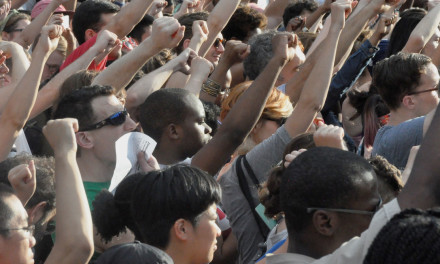In the pre-social media age, much of the data related to one’s beliefs, opinions, and lifestyle was confined to self-report measures such as surveys or interviews that required participants to reflect on their beliefs or recall past events.
Those days are gone.
A new study published in PLOSone found that the rich source of language data present in one’s Twitter behavior can accurately predict users’ level of income. The international research team, headed by Daniel Preotiuc-Pietro of the University of Pennsylvania’s Positive Psychology Center, linked the jobs of 5,191 Twitter users to the Standard Occupational Classification (SOC), a UK classification system for grouping classes of jobs. They then analyzed 10,796,836 tweets from said users using linear and non-linear regression analyses.
HERE’S WHAT THEY FOUND:
Users that posted content tied to Christianity tend to earn less than those that do not post religious content, which is a finding that does not extend to the United States.
Those with optimistic Twitter posts tended to be poorer, but those with less anxiety earned more.
If you are well off financially, you tend to post more fearful or angry content. However, if you make less, your posts tend to be laden with sadness, surprise, or disgust.
Political tweets are more common as income rises, though no relation was found between specific political views and income.
Lastly, swearing is more common as income decreases, though no relationship was found linking income with life satisfaction.
So what are behavior analysts to make of such work? After all, the work was not experimental — no behavior was changed — but not all work in behavior analysis changes behavior either, with delay discounting research as a case-in-point.
The real benefit, I think, is in the bigger picture that this type of work paints for the analysis of socially significant behavior change — in 2015, the world lives online. It isn’t much of a leap to suggest that the great variety of behavioral topographies is slowly but surely being reduced to a series of keystrokes and mouse clicks. But those keystrokes and mouse clicks are connected to a greater variety of functional consequences, mediated by the Internet, every day.
Social media is a big part of that and is a tremendous source of real-time verbal behavior that has very real consequences for the poster/speaker and follower/listener. Iran’s “Green Revolution” and the Middle East’s “Arab Spring” are world-changing examples of such behavior.
If ABA is going to be a major player in the social sciences of the 21st century, we need to recognize social media behavior for what it is — one of the most socially significant types of behavior the world has ever seen. How can social media be utilized in our behavioral assessments? How can we design interventions specifically targeting social media behavior with our clients? How does social media behavior allow us to predict, and affect larger world issues?
To put the issue into a greater perspective, I remember getting the Internet at our house sometime around 1995. That was 20 years ago — long enough for an entire generation of soon-to-be behavior analysts to grow up never knowing a world without the Internet. That generation, known as “Digital Natives“, will soon take over leadership positions in behavior analysis.
Times they are a-changing, but we have never been in a better position to do something about it.
Are we going to keep up?










